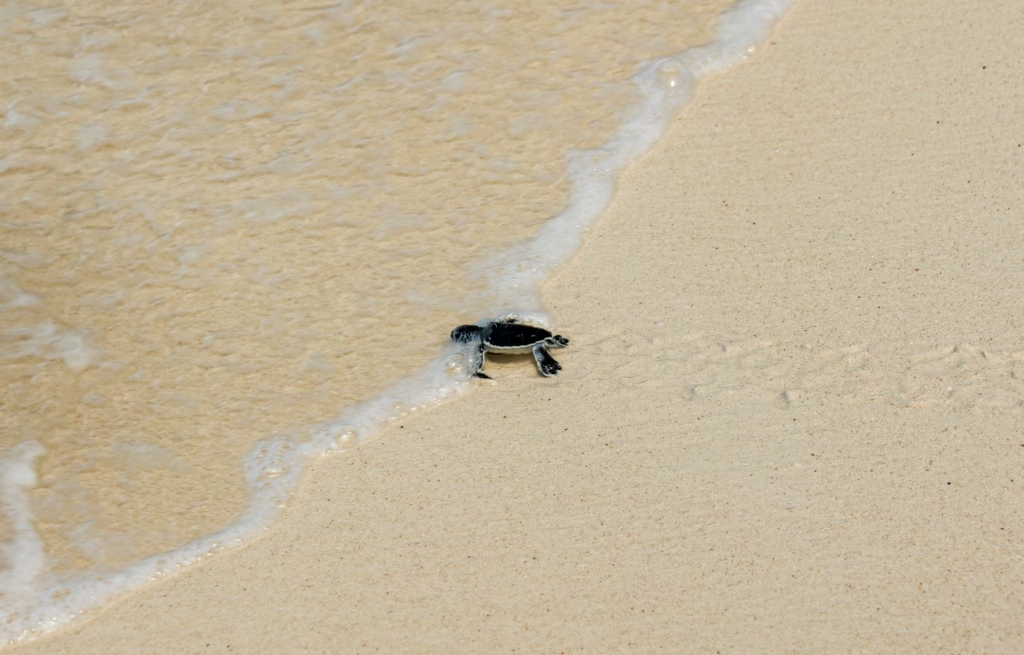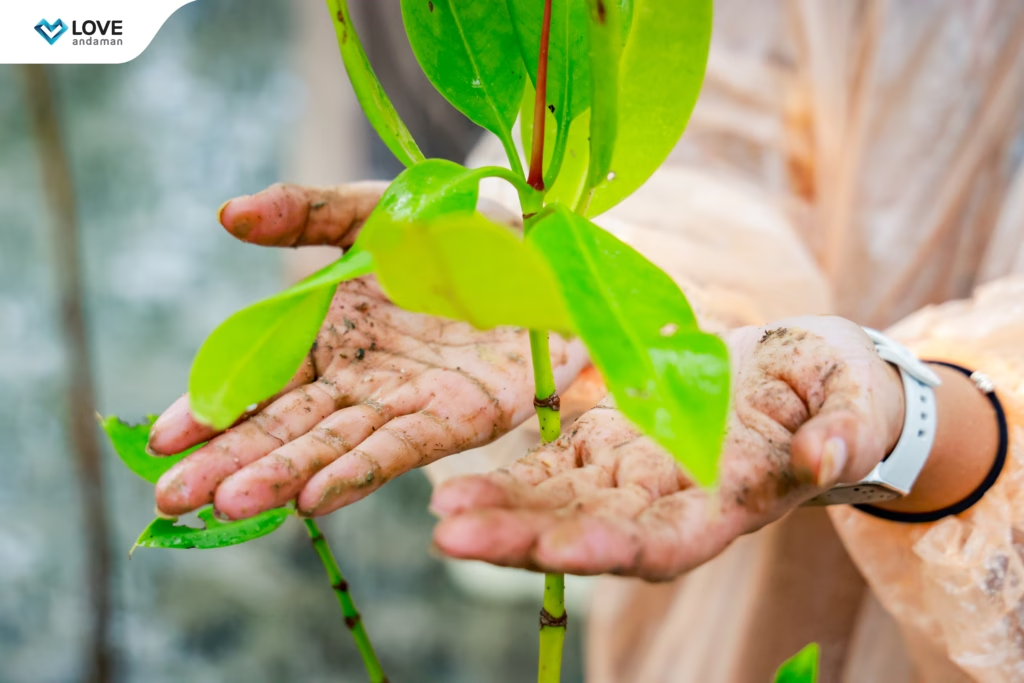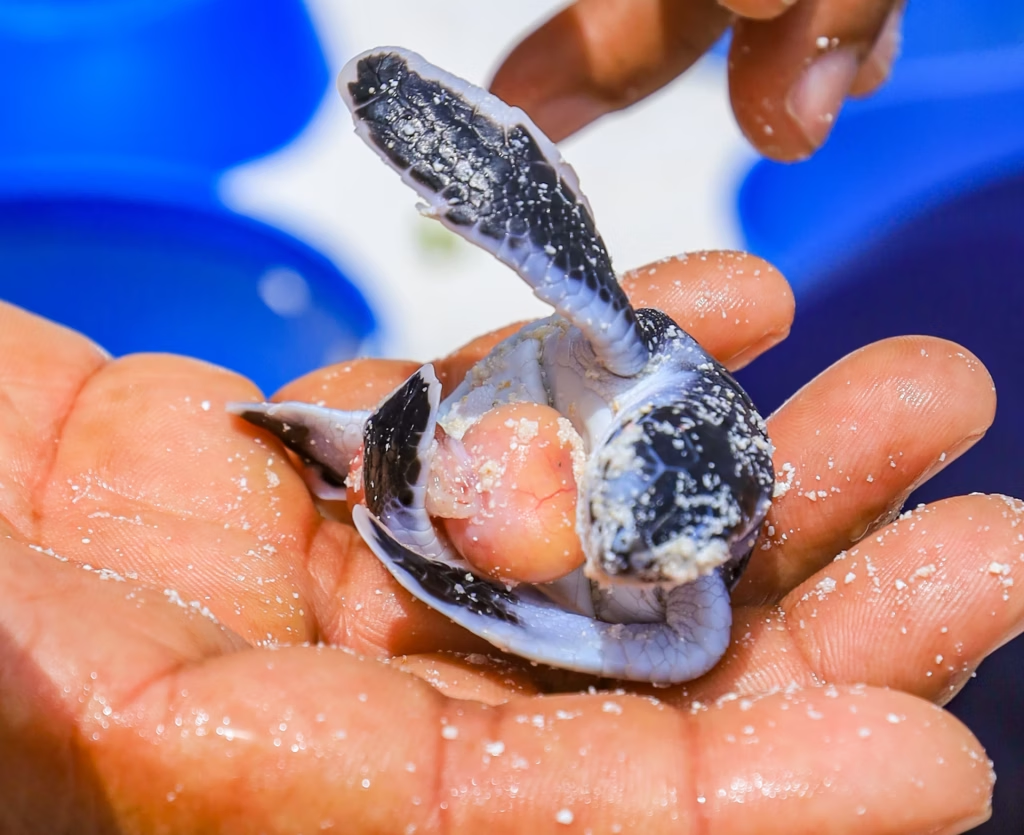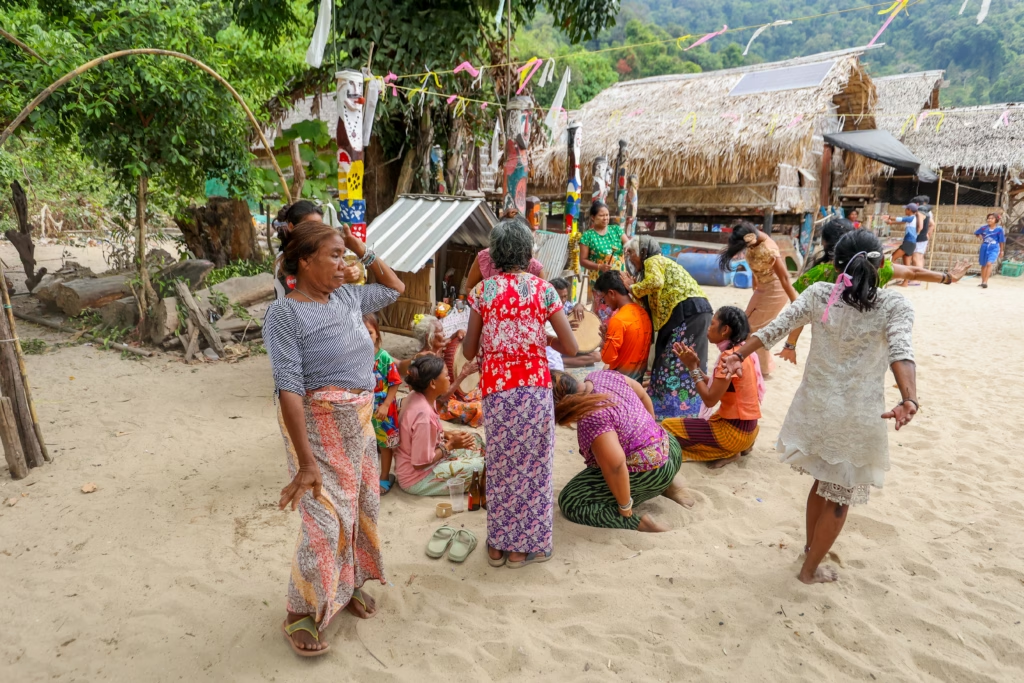The Andaman Sea is a treasure trove of natural beauty, from vibrant coral reefs to lush national parks. For travelers who want to experience the Andaman Sea responsibly, choosing activities that support conservation is essential. Not only do these activities protect the environment, but they also promote sustainable tourism, ensuring that future generations can enjoy the same pristine landscapes and marine life.

In this article, we explore eco-friendly and conservation-focused activities in the Andaman Sea that provide unforgettable experiences while helping protect nature.
Table of Contents
1. Conservation Diving
Diving is one of the most popular activities for visitors to the Andaman Sea. Its underwater ecosystem is incredibly diverse, particularly the coral reefs that are both beautiful and fragile. Choosing tours that emphasize responsible diving practices ensures that coral reefs are not damaged by touching or accidental contact.
Conservation diving not only allows you to admire the underwater world but also helps educate participants about marine ecosystems and reef preservation. Recommended spots include protected areas such as the Similan Islands National Park and the Surin Islands National Park, which have visitor restrictions to safeguard their marine life.
2. Eco-Tourism in Protected Natural Areas
Beyond its seas, the Andaman region is home to dense forests and protected areas, which shelter diverse wildlife and plant species. Eco-friendly trekking and nature walks in national parks, such as Ao Phang Nga National Park or Mu Ko Ang Thong Marine National Park, allow travelers to explore these ecosystems responsibly.
These activities help visitors learn about mangroves, tropical forests, and coastal habitats while promoting awareness about conservation and preventing deforestation or habitat destruction.
3. Mangrove Restoration Projects

Mangroves are vital for protecting coastlines from erosion, providing habitats for aquatic life, and absorbing carbon dioxide. Participating in mangrove planting is a simple yet impactful activity that helps restore these ecosystems.
Several local organizations and conservation agencies in the Andaman organize mangrove planting activities where tourists can get hands-on experience in helping nature. This effort strengthens ecosystems and ensures that mangrove forests continue to support wildlife and coastal communities.
4. Wildlife Conservation Tourism

Observing wildlife responsibly is a rewarding experience, but conservation-focused tourism emphasizes minimal disturbance to animals in their natural habitats. Eco-friendly wildlife tours include sea turtle watching, dolphin spotting, or responsible visits to other marine species.
Participating in these tours raises awareness about protecting endangered marine life and highlights the importance of sustainable tourism practices.
5. Plastic-Free Beach Activities
Plastic pollution is a major threat to marine ecosystems. Choosing plastic-free activities reduces environmental impact while enjoying the beaches and islands of the Andaman.
Tourists can participate in beach cleanups, use reusable bottles and bags, and support local businesses that avoid single-use plastics. This helps protect marine life and maintains the natural beauty of the coastline.
6. Clean Energy Tourism
Using renewable energy in tourism is a growing trend in sustainable travel. Eco-conscious tourists can select tours and accommodations that utilize solar or wind energy.
Electric or solar-powered boats for island hopping reduce carbon emissions, making tours to destinations like Phi Phi, Bamboo, or Maiton islands more environmentally friendly.
7. Cultural Conservation Tourism

Cultural tourism that promotes conservation involves exploring local traditions while respecting and protecting the natural environment. Visiting indigenous communities, such as the Moken villages in the Surin Islands, allows travelers to experience traditional lifestyles that coexist with nature.
By supporting community-based tourism, visitors contribute to both cultural preservation and the protection of natural resources.
Conclusion
Sustainable tourism in the Andaman Sea is more than a way to see beautiful islands and reefs—it’s a commitment to protecting marine and terrestrial ecosystems. By choosing eco-friendly activities such as conservation diving, mangrove restoration, plastic-free tours, and community-based cultural experiences, travelers help ensure the region’s natural and cultural heritage remains vibrant for generations to come.
Contact Love Andaman for Eco-Friendly Tours and Activities
Website: www.loveandaman.com
Facebook: Love Andaman Facebook
Instagram: Love Andaman Instagram
Lemon8: Love Andaman Lemon8
